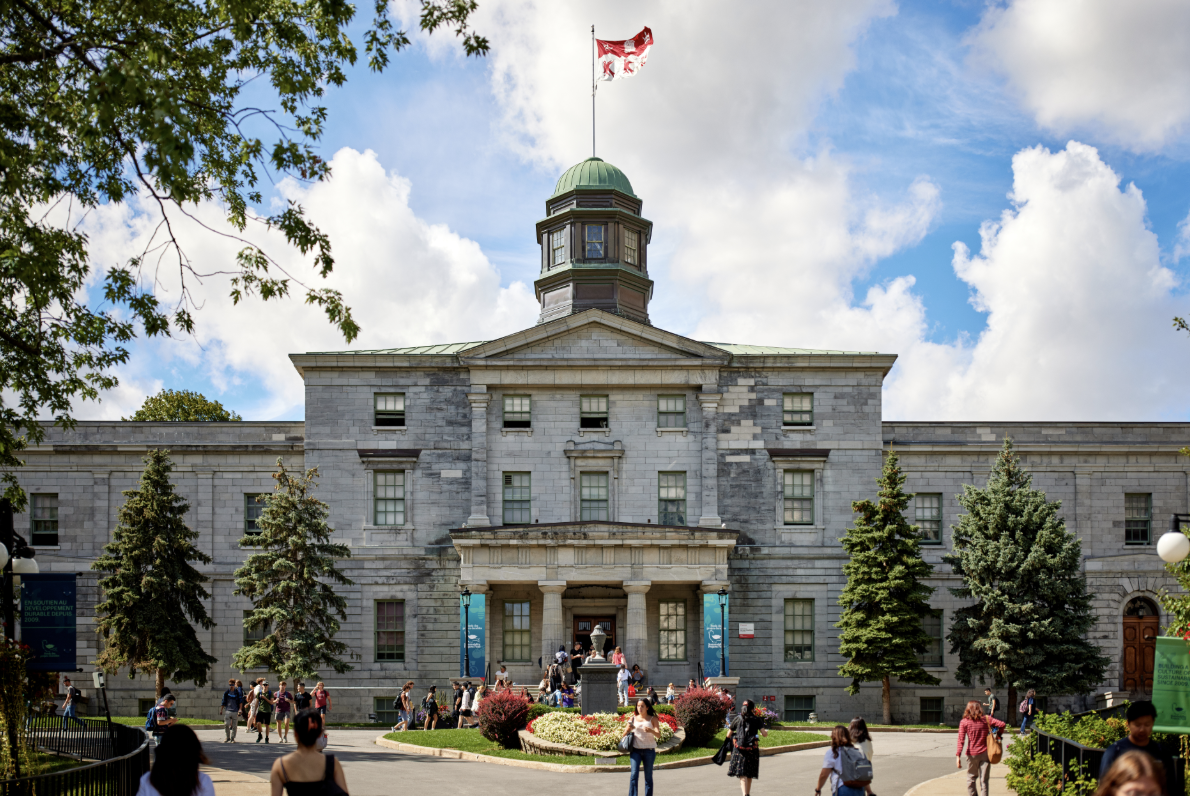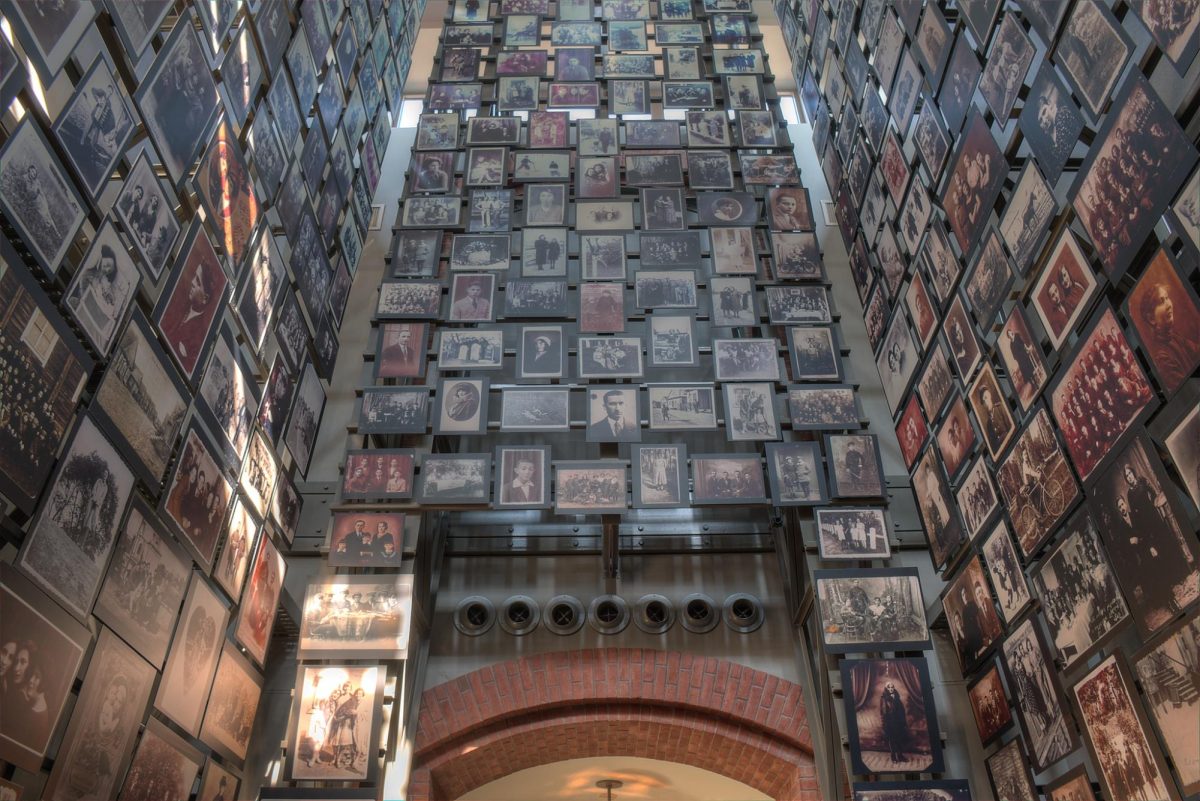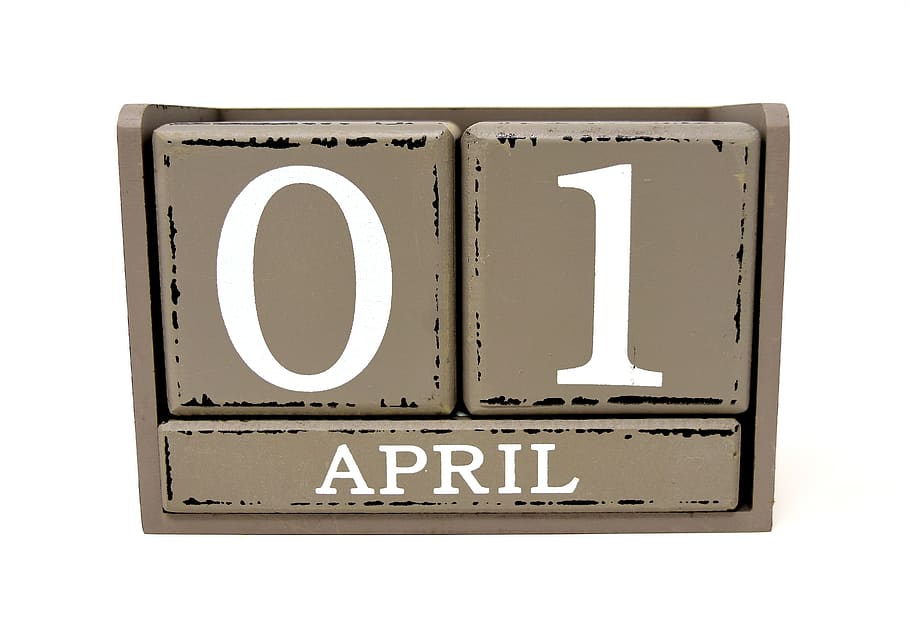Indian American actor Vinny Chhibber, stated in a report that his first roles when he started acting were “terrorist #1” or “socially emasculated Asian stereotype with an accent.” Chibber’s experience is not uncommon, as many minorities are cast for stereotypical roles. Characters played by minorities are constantly created just for there to be an “Asian” in a movie, or a “Native American”, therefore the directors can claim that the movie is diverse. These roles are usually prejudiced of the culture or played by white actors. Minorities in movie industries are displayed as stereotypes, and whitewashing plays a huge aspect in lead roles with ethnic backgrounds.
Whitewashing is no mystery to Asians in Hollywood, who are underrepresented and play the smart side character. According to a study by the University of California (UCLA), through 2014-15, Asian characters make up only 3-4 percent of roles in scripted broadcast and cable shows. Of these roles, most are comprised of the “Asian Nerd”, whose purpose is to further the plot, but have no other role except helping the main character. Most of the Asian roles made are not diverse, comprising of directors perception of stereotypical Asian countries, such as China or India.
Pun Bandhu, an actor of Thai heritage, was cast as playing a Thai character in a movie. He decided to use a Thai accent, but it wasn’t accepted, because it does not work for an “American ear.” The director suggested using a Chinese accent instead. Bandhu was frustrated by the lack of diversity in Hollywood, with the grouping of different cultures.
Asians are also familiar of whitewashing, such as 2017 Ghost in the Shell. Whitewashing is when white actors play roles with different ethnicities. Ghost in the Shell, a remake of an anime classic starred white Scarlett Johansson, and because of her color, the producers considered using digital tools to make the actress look more Asian. Asians have experienced their fair share of whitewashing in the movie industry, as well as tediously playing the same roles.

Native Americans, another ethnic minority in the United States, are stereotyped and whitewashed in movie industries. “The Searchers,”, a movie made in 1953, starred white Henry Brandon to play Chief Scar, a murderous character that backed up the concept of Native Americans as savages. Native Americans roles bring up the Western genre, which portrays cowboys as protagonists and the Native Americans as villains. These movies consist of drama, which usually ends with the Cowboys victorious over the barbaric Natives. Another example of whitewashing was Audrey Hepburn in “The Unforgiven,” that tells the story of a native child who is adopted and immersed into white culture. This movie weakens the intelligence of natives and states that people who are not white is correlated with shame. Native Americans are represented as savages, unintellectual personas in movies who are usually played by white actors.
Hispanic men and women are also subject to stereotypes in movies, specifically the sassy over-sexualized characters who have thick accents. Hispanic women are known to be the seductive characters, such as actress Eva Longoria in “Desperate Housewives”, who uses her looks to progress through life. In addition, Hispanics play the thugs, the drug dealers, and the gangbangers in the movie industry. The most popular Hispanic films in Hollywood consist of “American Me” and “Mi Vida Loca” which discusses the lives of Hispanic drug commanders and thugs.
African-Americans in movies also play the criminals, in addition to the trope of “the black sassy friend.” African-Americans excessively play convicts, which feeds to the stereotype that African-Americans are dangerous and interested in committing crimes. A study by Vox in 2016, that looked at 160,000 acting credits from 26,000 major US movie releases, found that over 63 percent of thugs, gangsters, and gang members are played by African-Americans. African-American women in particular, are portrayed on screen as impudent and with a major attitude. These type of characters are the supporting roles, whose sole purpose is to add comic relief. African-Americans are routinely played as “the sassy black friend trope” and gangsters, which fuels the stereotypes in real life.

Although whitewashing and stereotypes is an ongoing issue today, there is improvement in the movie industry over the years and has projects dedicated to fixing cast prejudices. Producers have made more minority-sensitive movies that have gained huge recognition. Recent films, such as “Black Panther”, displayed a diverse cast that was wildly successful at the box office. “Moonlight”, another movie with a diverse cast, won best picture in the Oscars. Furthermore, more production companies vouch for diversity. The company I’ll Have Another, founded by actress Gabrielle Union, focuses on creating more various parts on and off screen. Their first project was a TV spin-off of Bad Boys, which had people of color in every position on set. The issue with minorities in the movie industry has gotten huge recognition with companies and movies setting to create a more diverse environment.
A diverse cast is a rarity onscreen, where usually the character of color exhibits a stereotype or is played by a white character. This topic is crucial because the stereotypes used in movies will persuade the viewers to believe that “all Asians are smart” or that “all African-Americans are criminals.” There shouldn’t be any generalization, because everyone is unique in their own way. As Gabrielle Union said in an interview with TIME, “I want to play average characters with average problems. We should be able to appear in the same nonsensical and mundane stories as white men and women.”
By Daria Undeland
































































